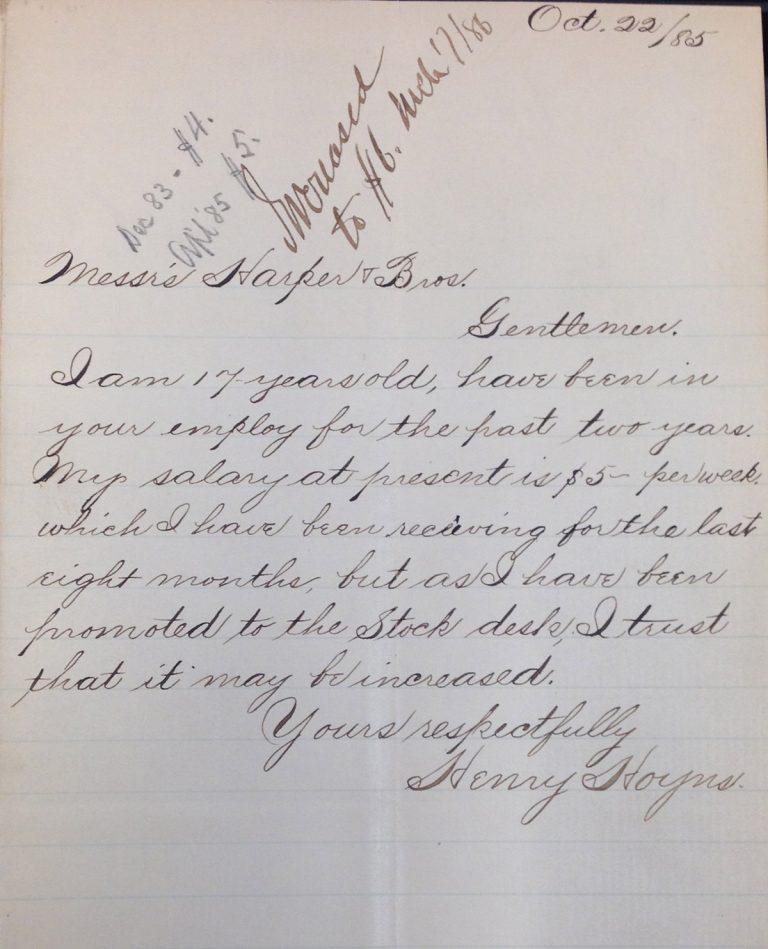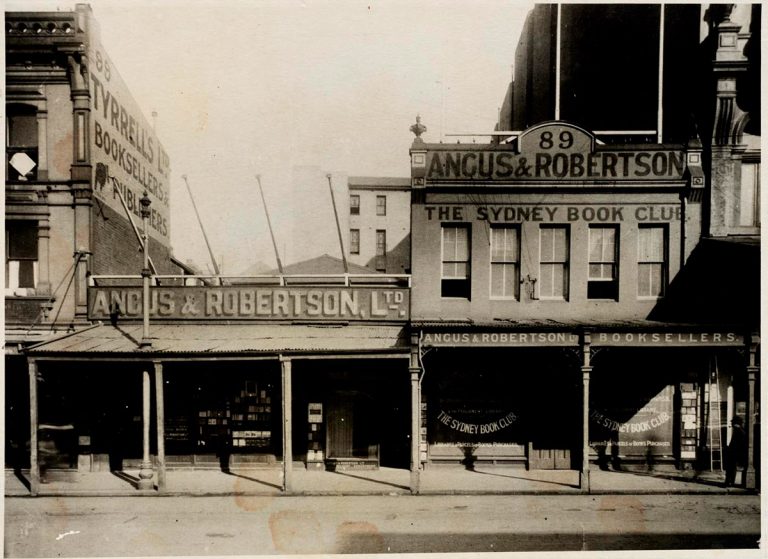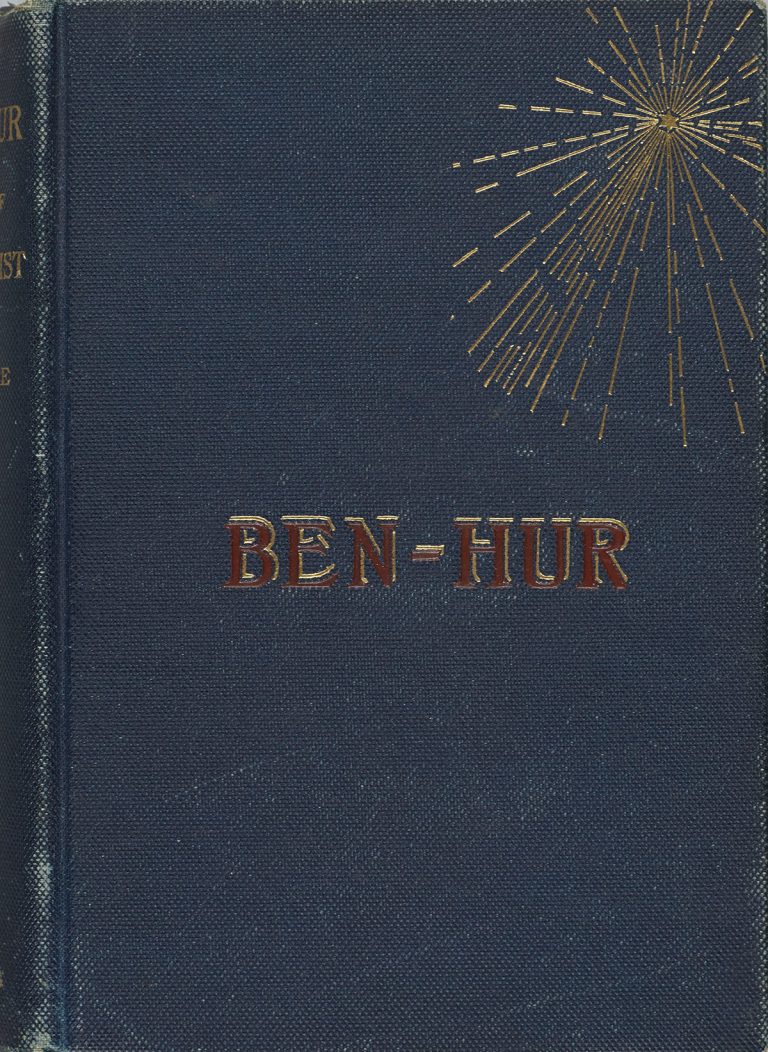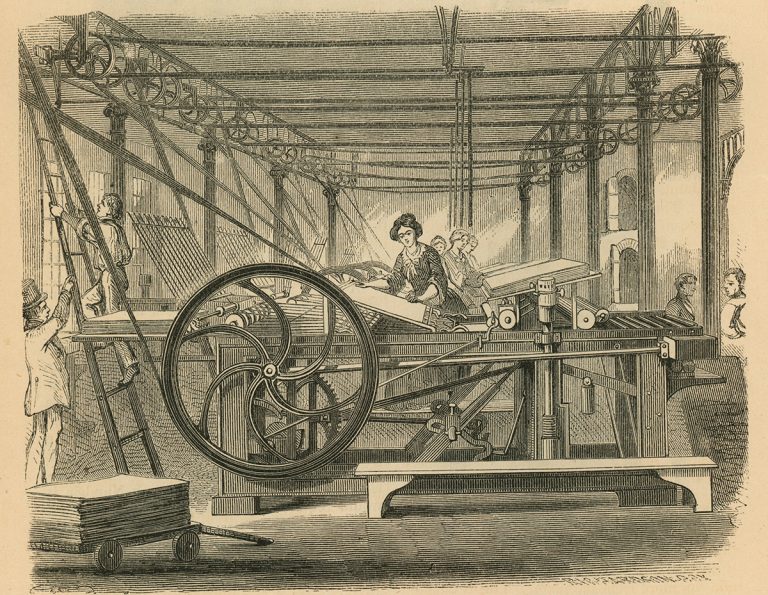Explore significant moments in HarperCollins history
An 1885 letter from Henry Hoyns to the Harper brothers requesting a raise after being promoted to the stock desk.
From Clerk to Chairman of the Board
One summer day in 1884, Horatio Harper, grandson of founder John Harper, began talking with a bright young boy during his regular steamboat commute from Long Island to Manhattan. Harper asked the lad about his aspirations and eventually handed him a business card. Soon after, Harper & Brothers hired the boy as a clerk and paid him four dollars a week. The boy’s name was Henry Hoyns. Over the next six decades, Hoyns rose through the ranks at Harper and eventually became chairman of the board.
With experience as clerk, sales manager, business manager, vice-president, president, and chairman, Hoyns had unmatched insight into the firm’s operations. He spent his entire adult life with Harper & Brothers. In the 1930s, he appointed reliable people to oversee individual departments in order to encourage editorial independence—a harbinger of things to come as the company’s operations grew increasingly global and diverse.
One of the most memorable achievements in Hoyns’s distinguished career occurred in 1913. Riding a wave of public interest in Lew Wallace’s Ben-Hur, which Harper & Brothers had published in 1880, Hoyns completed the biggest sale of a single book in history, signing a deal with Sears, Roebuck & Co. for one million copies.
Despite a strong focus on business matters, Hoyns held an innate belief in the value of literature and the broader responsibilities of American publishers to shape the future of America. “For a time the movies and the automobile and other amusements threatened to become serious competitors of books,” Hoyns once remarked, “but that period has passed. . . . Most of these pastimes afford the sort of pleasure that is ephemeral in character. A good book, on the other hand, affords a permanent source of pleasure and instruction.”





